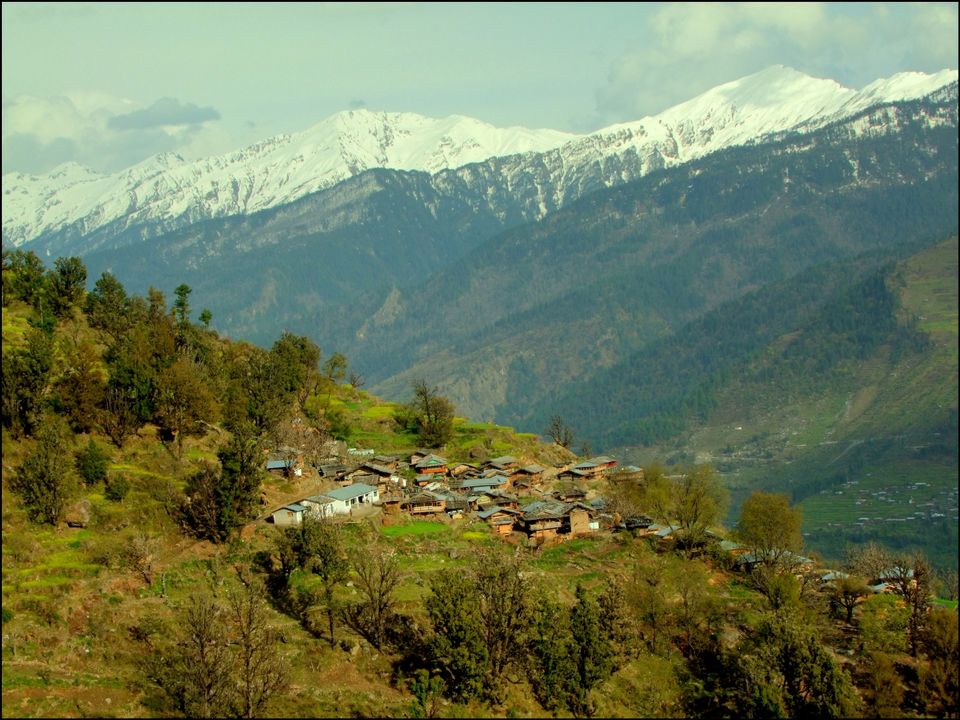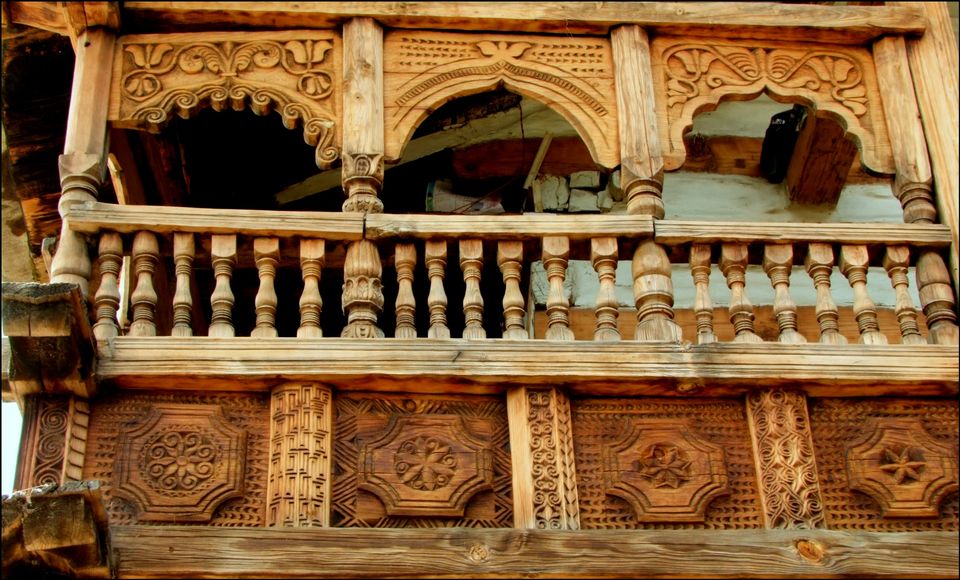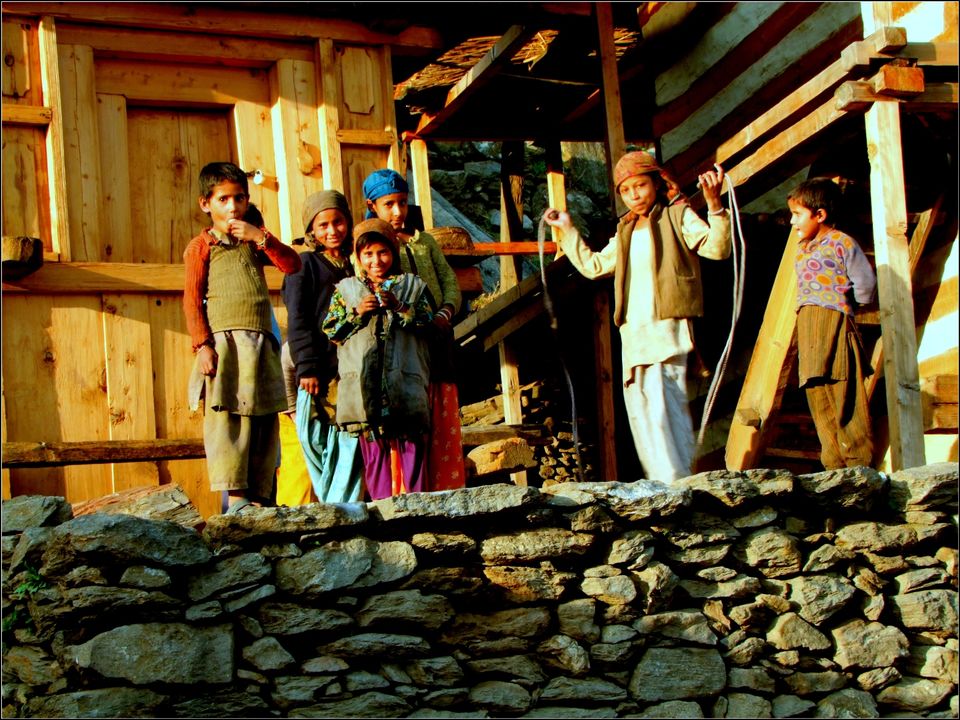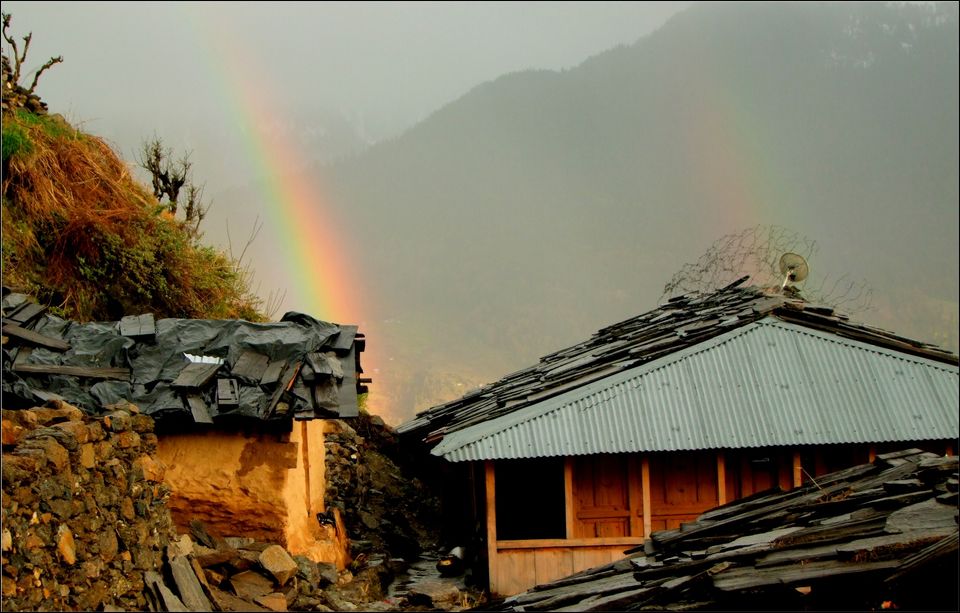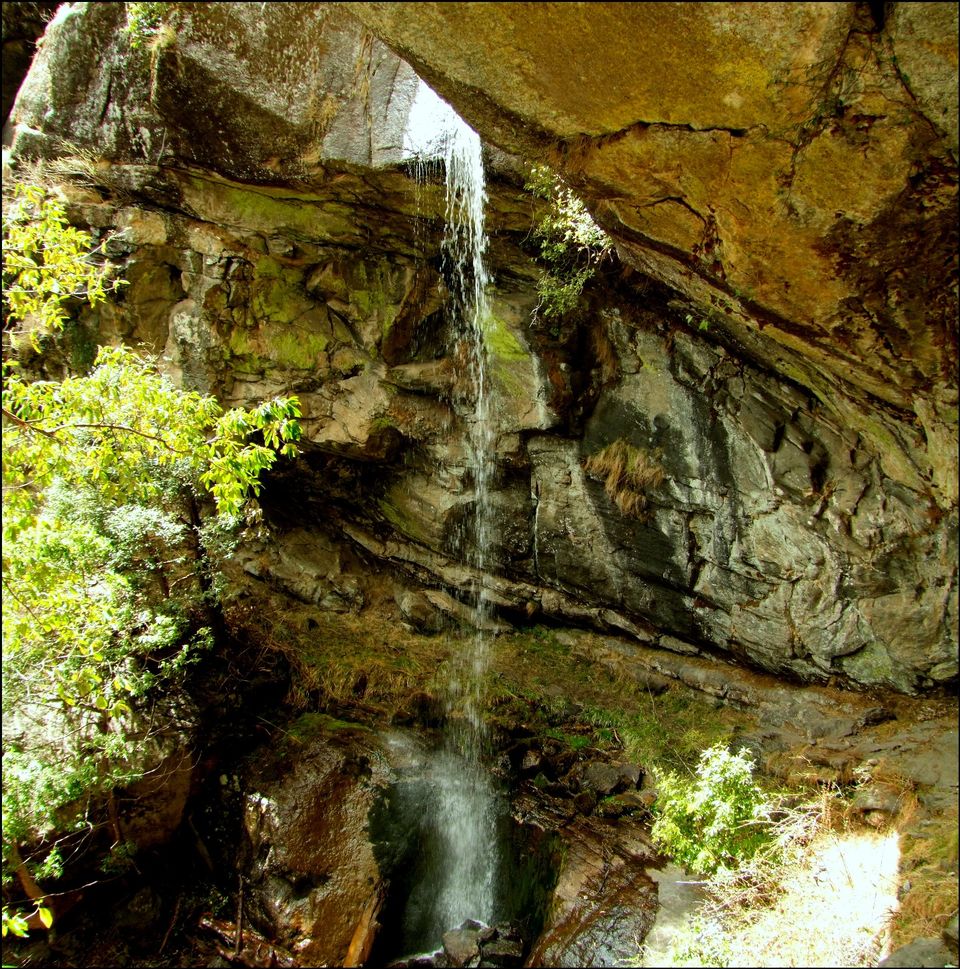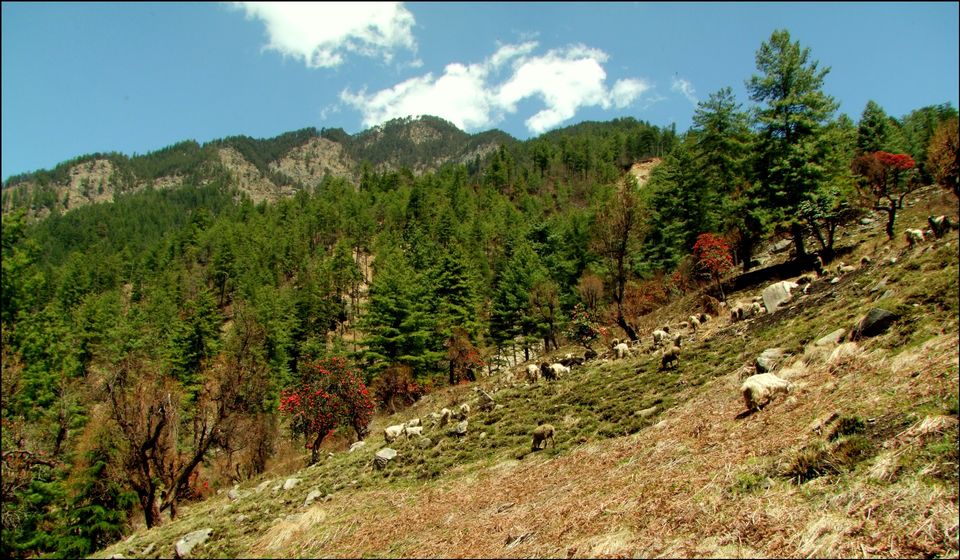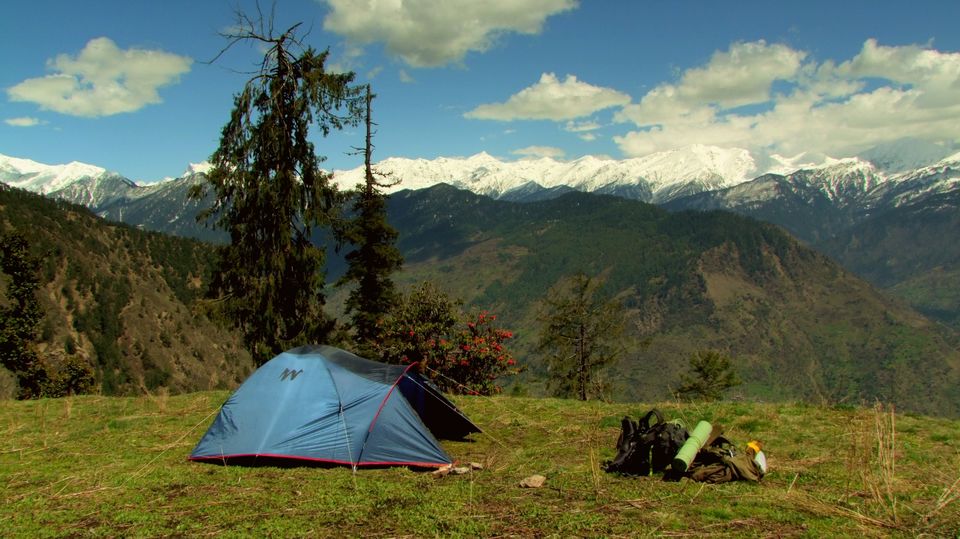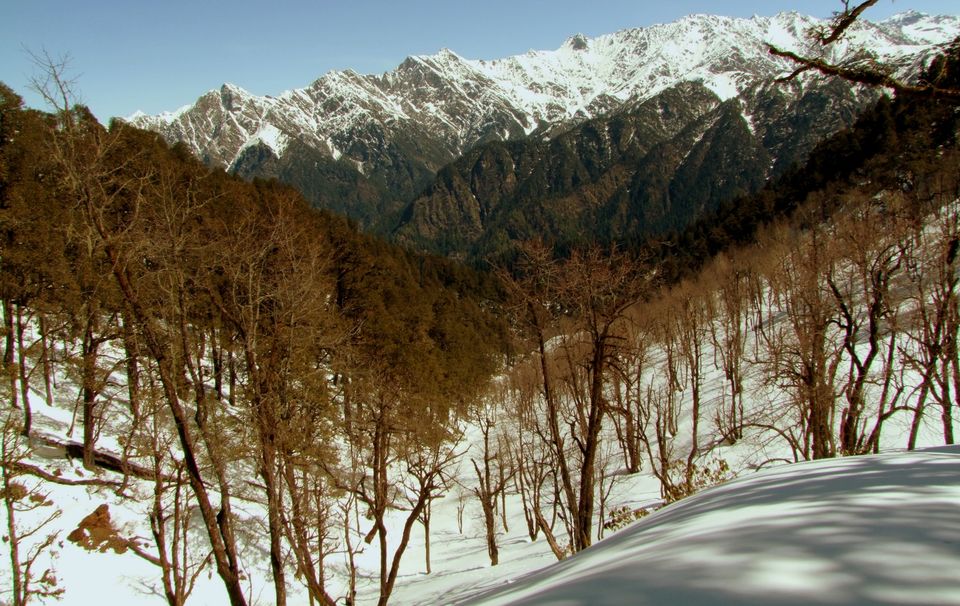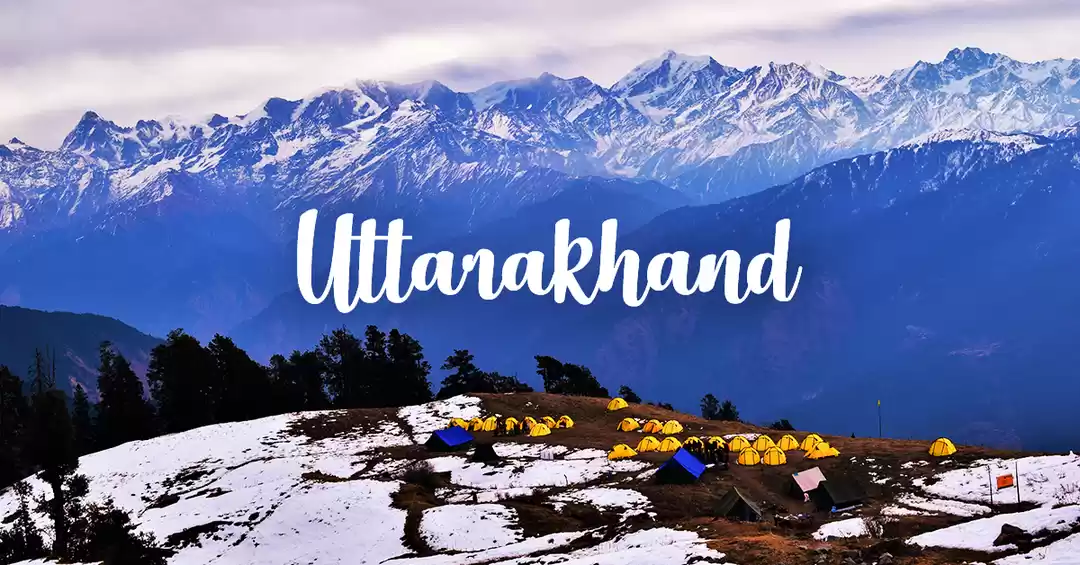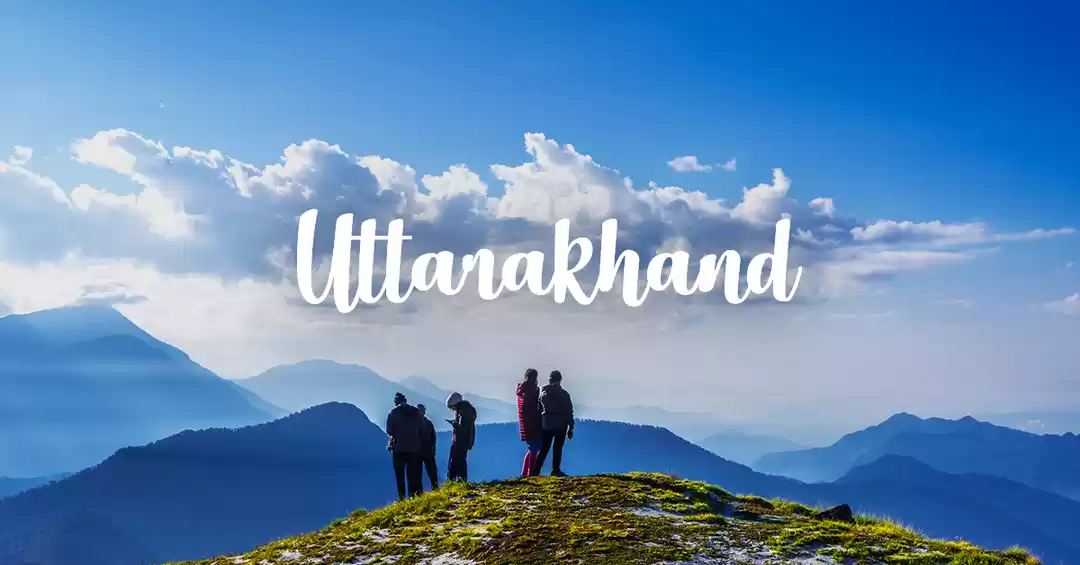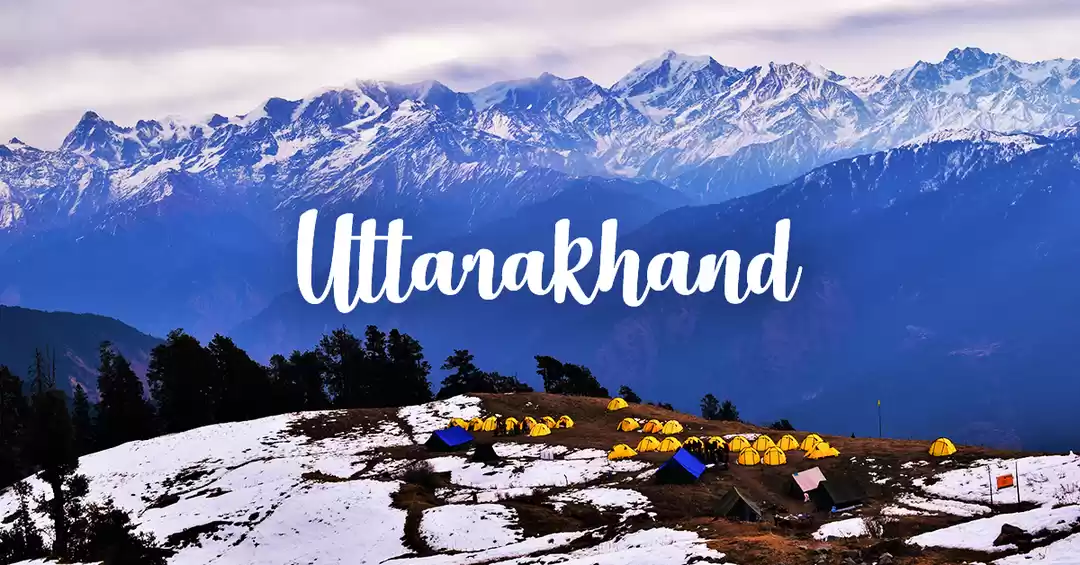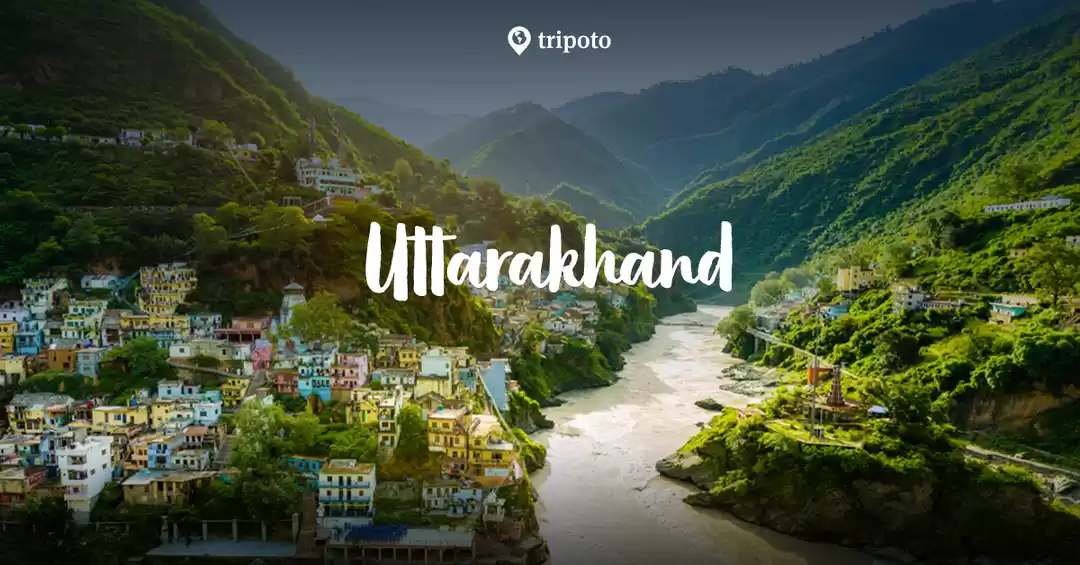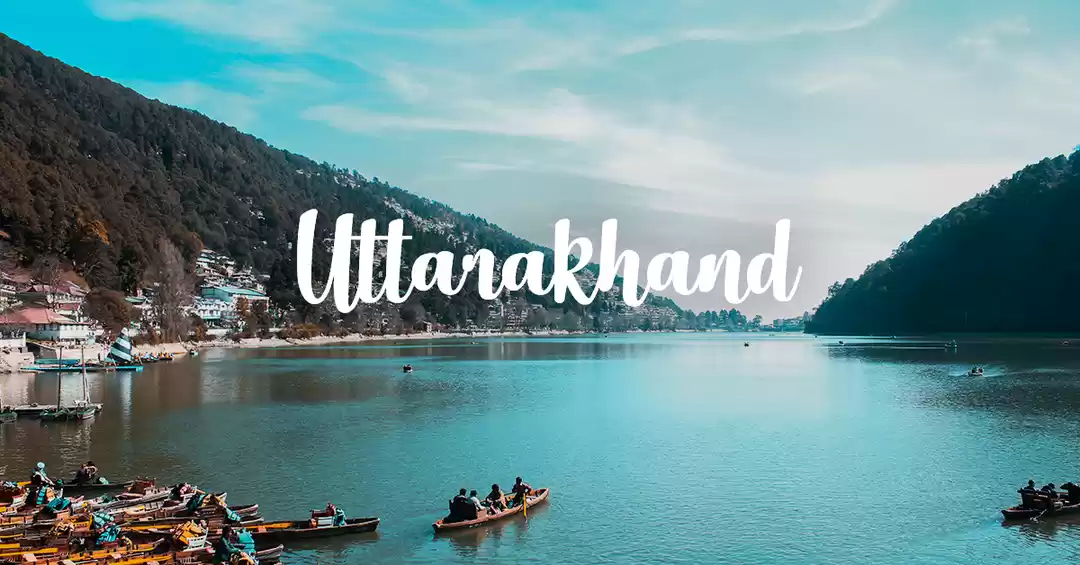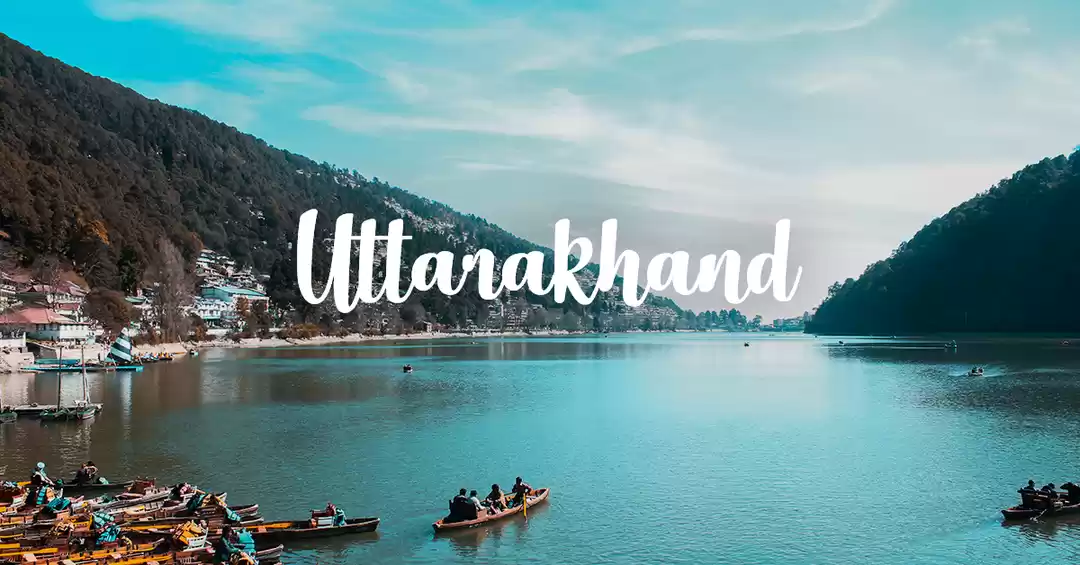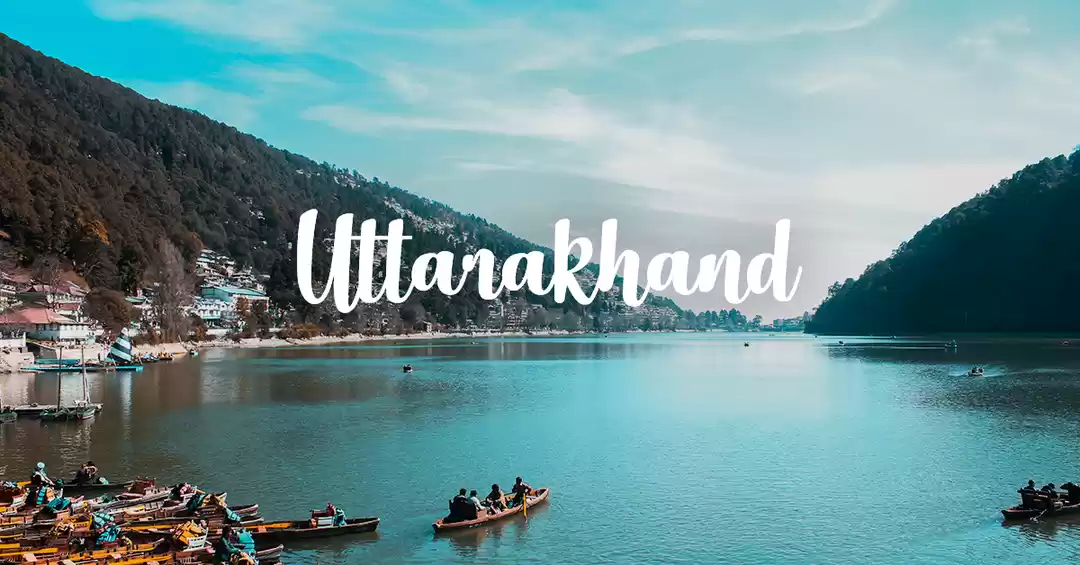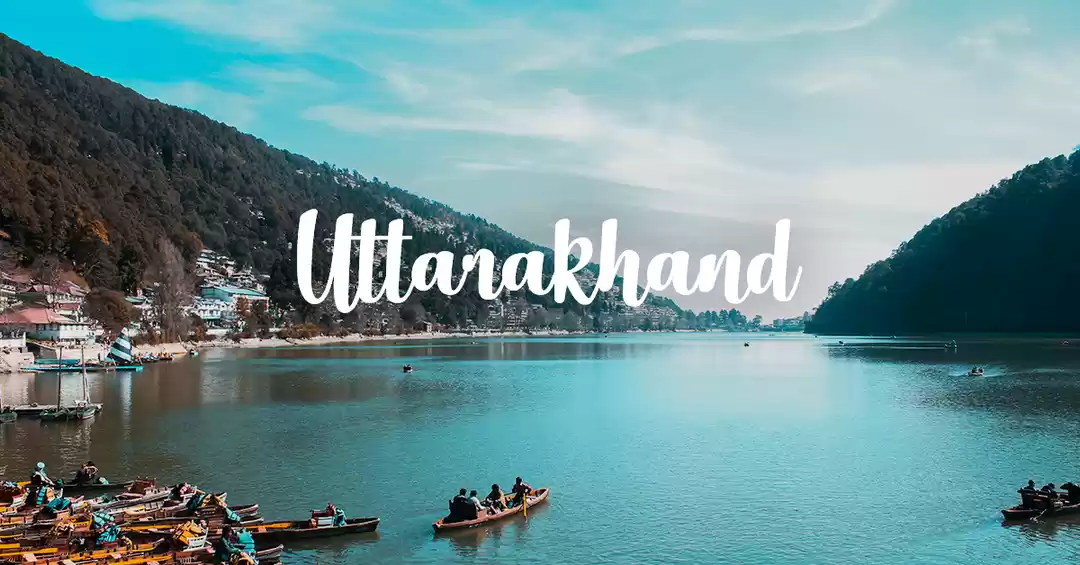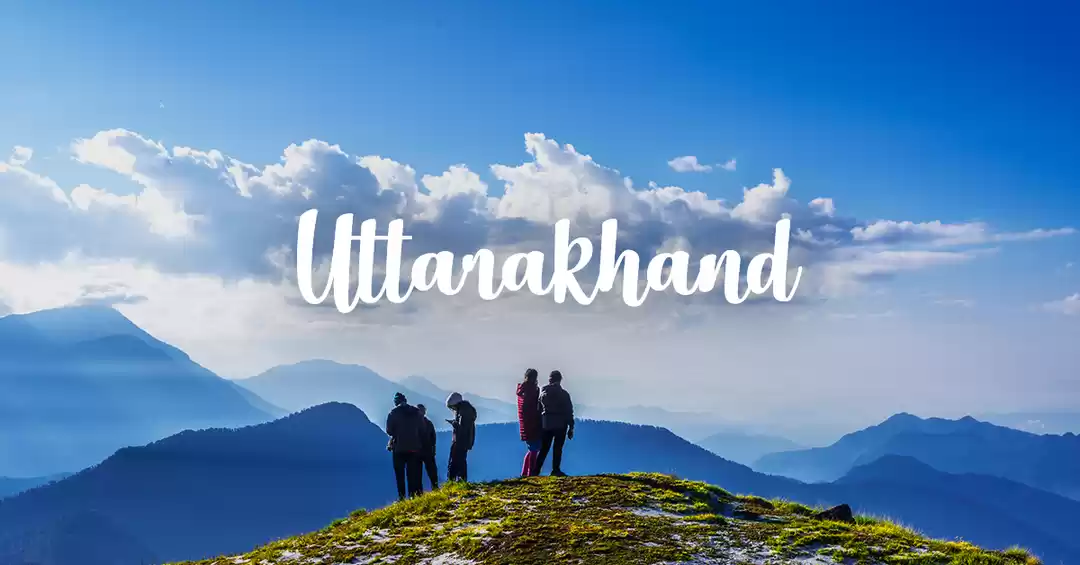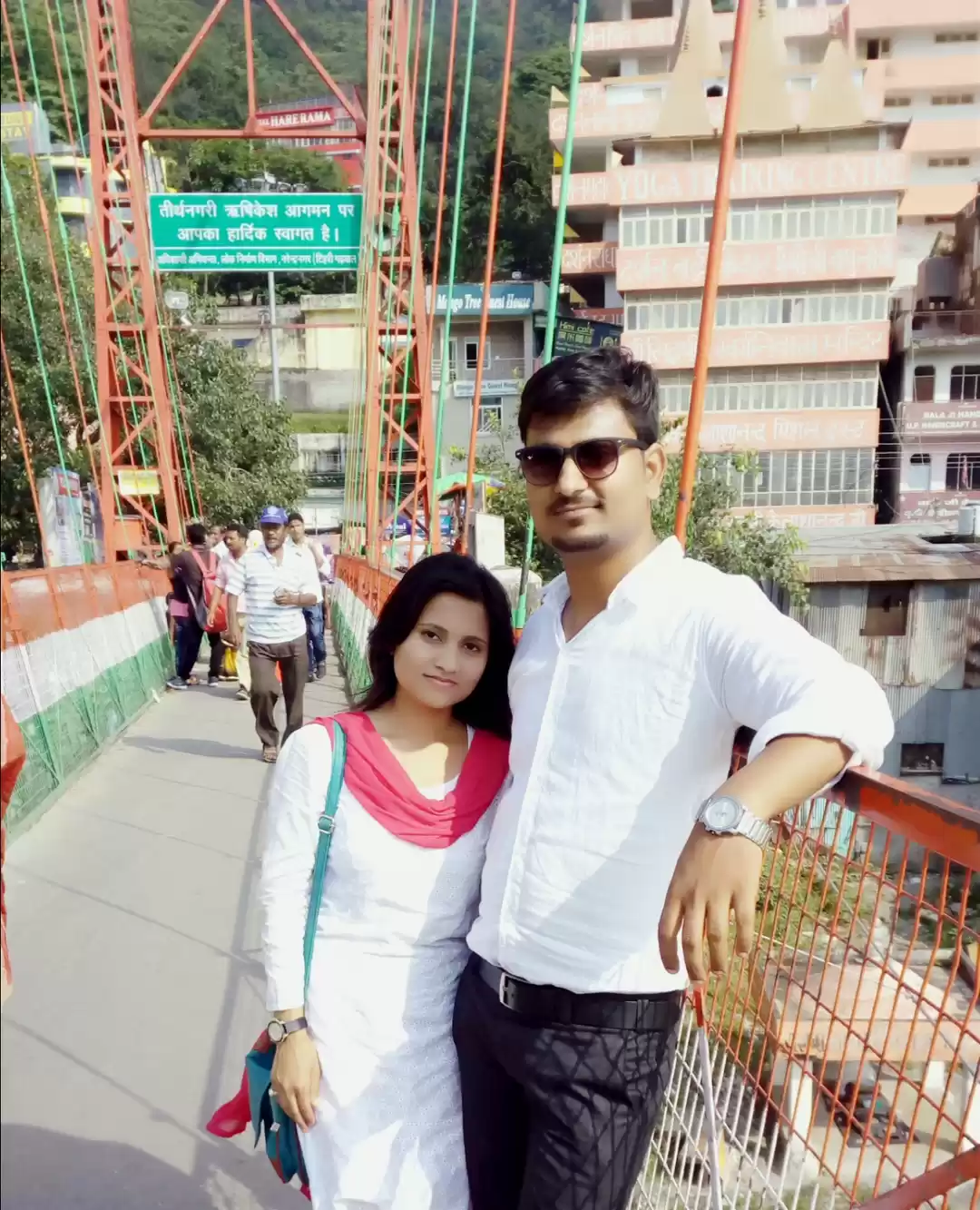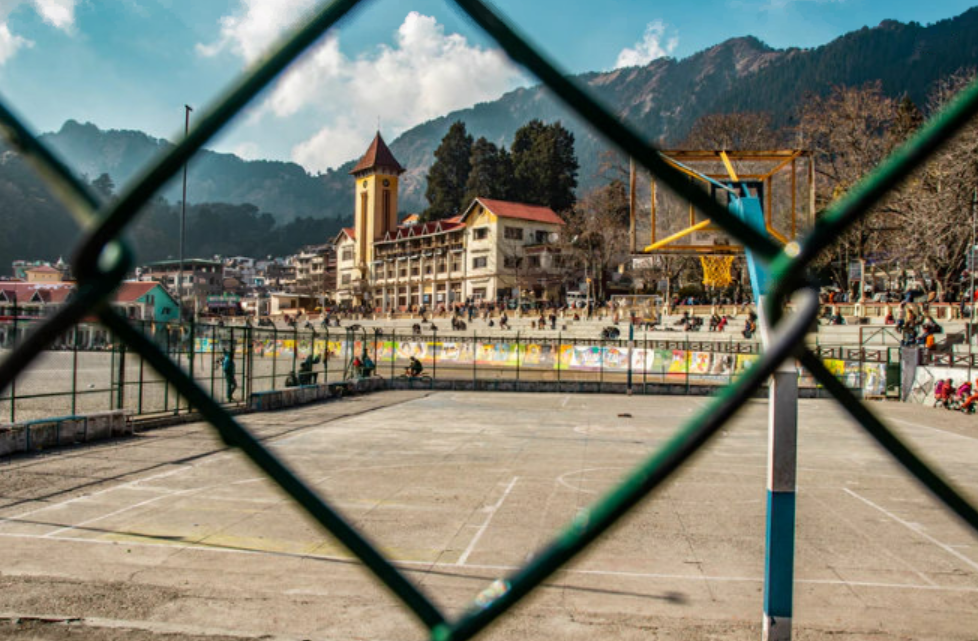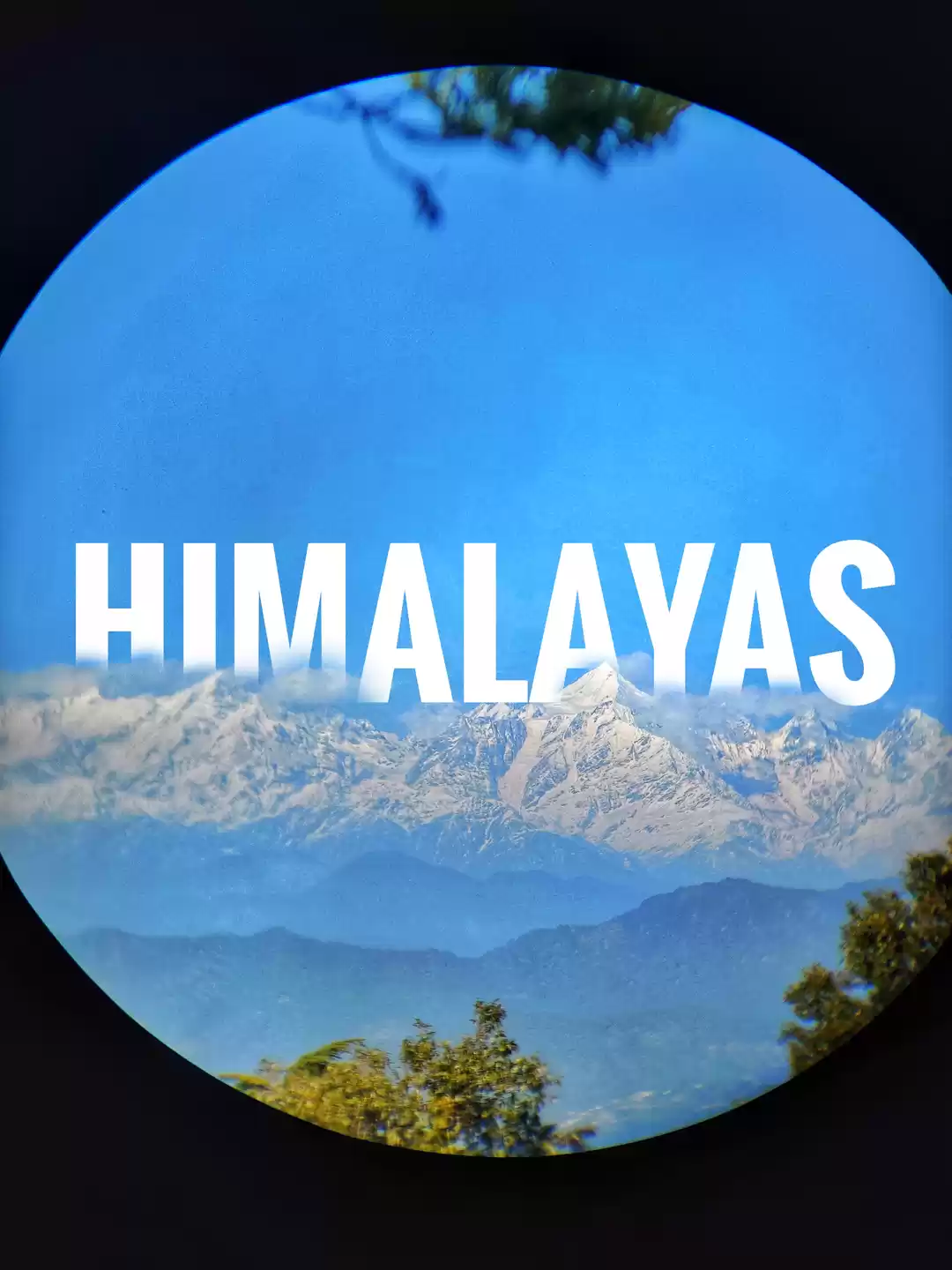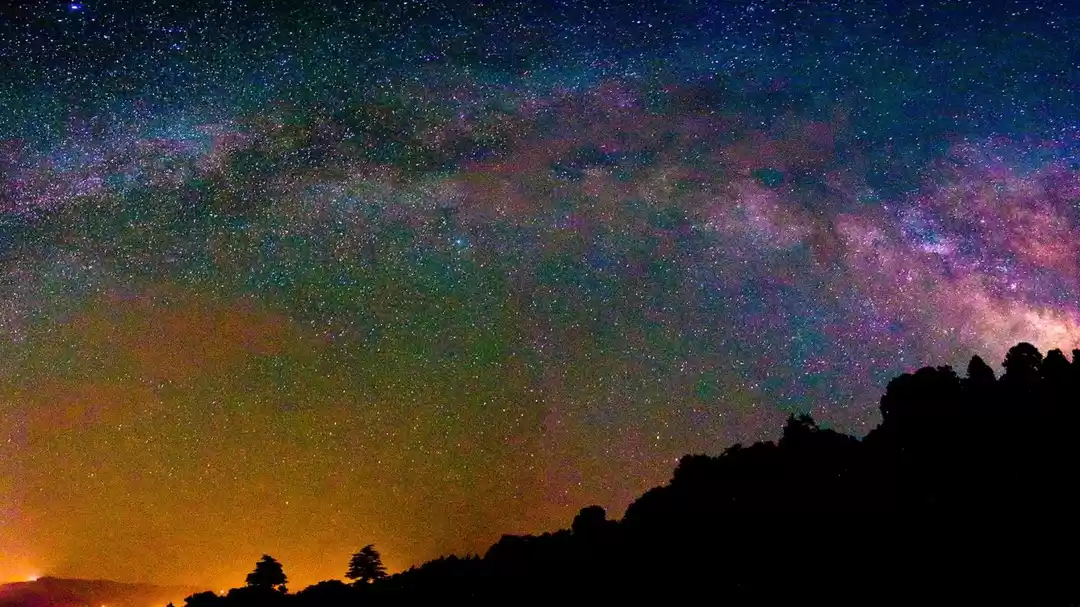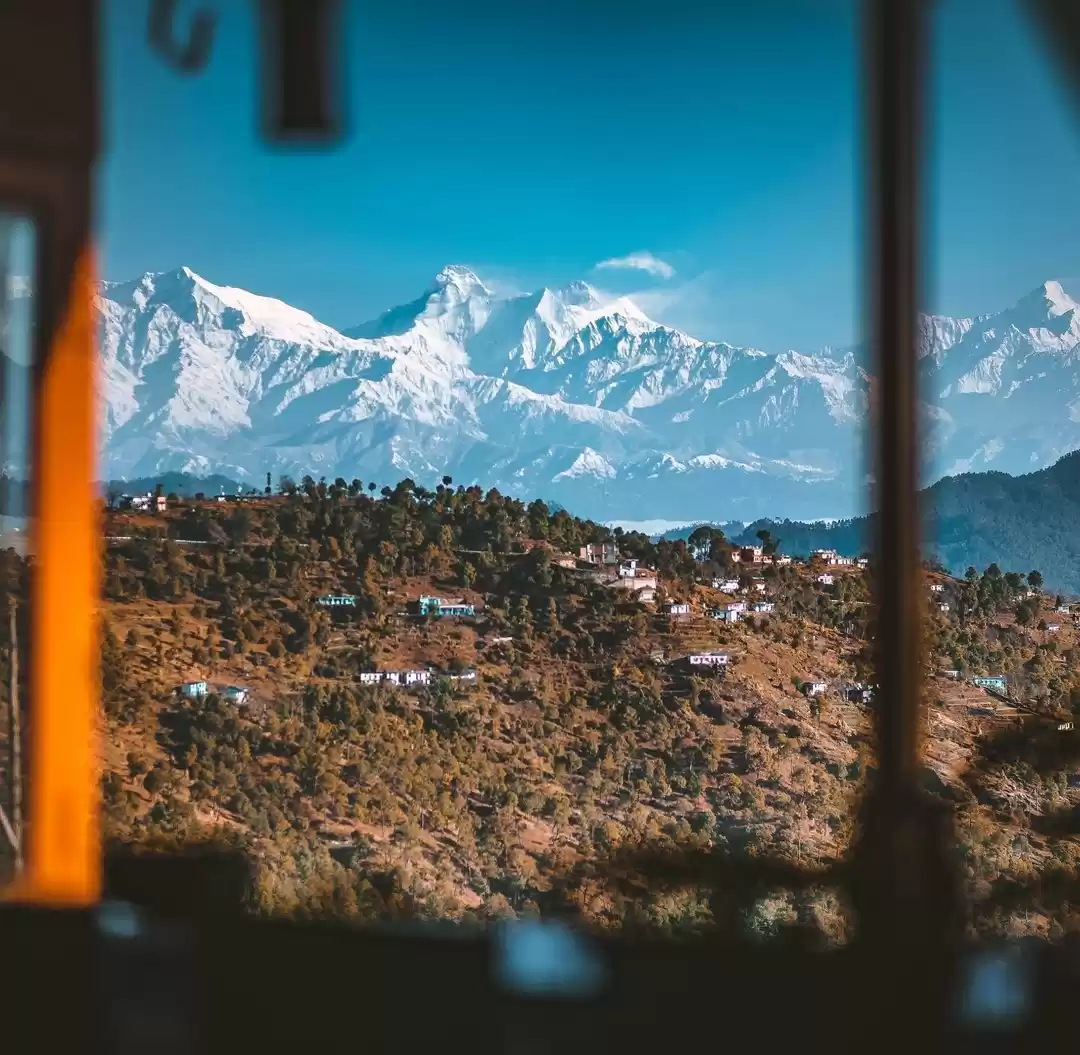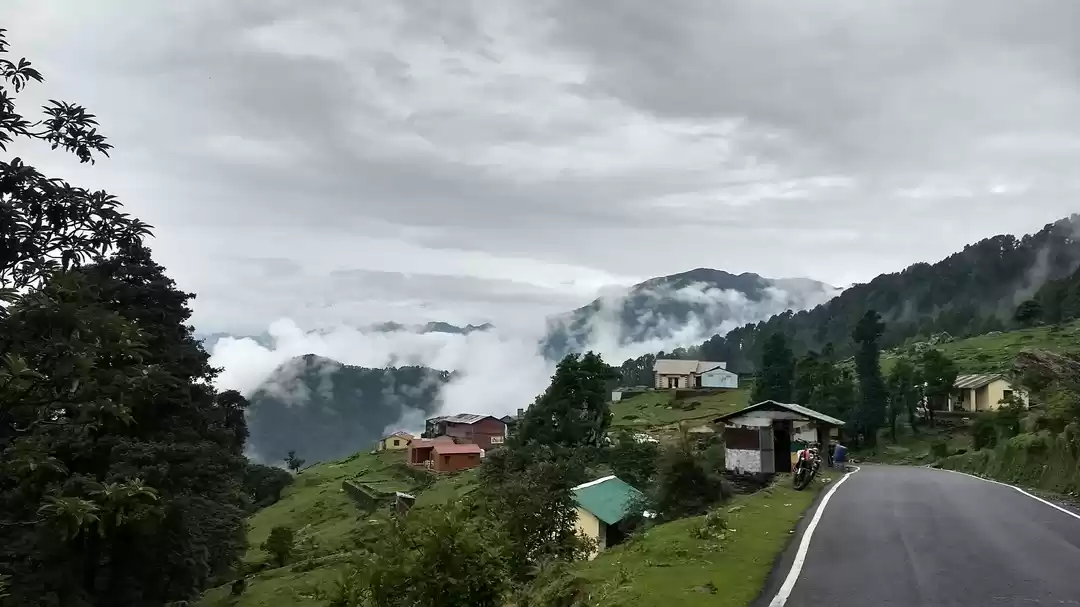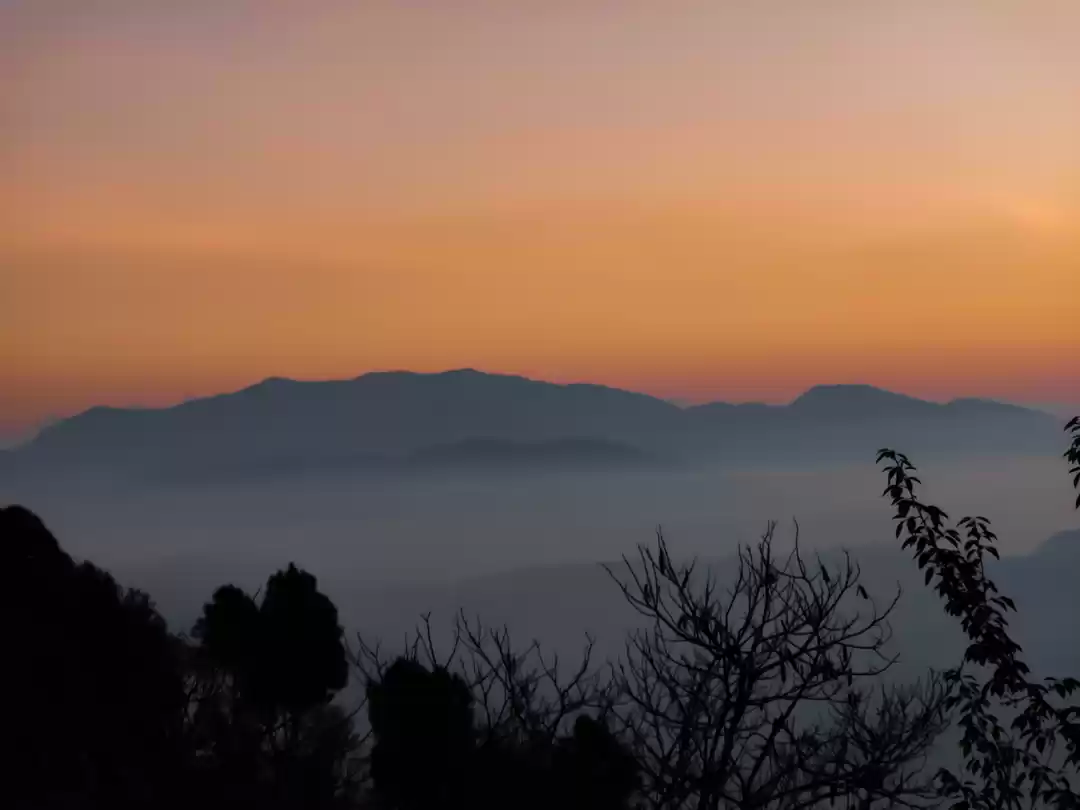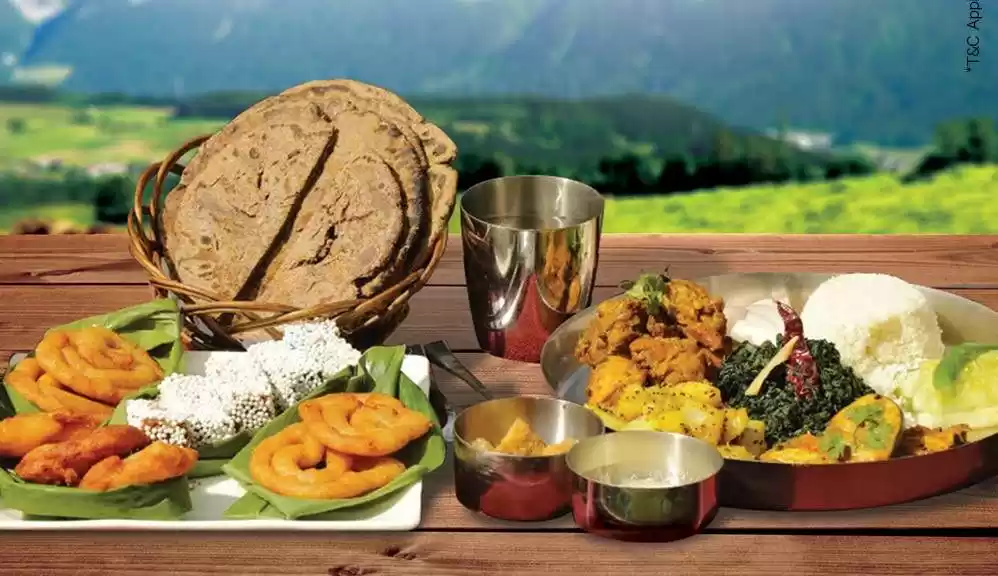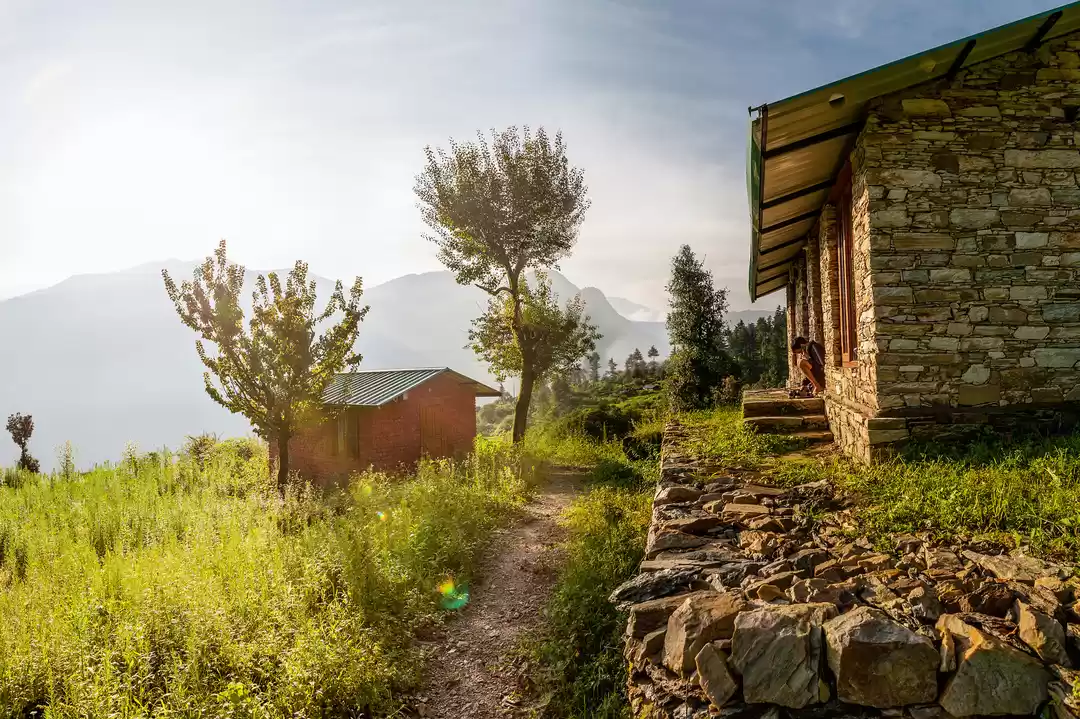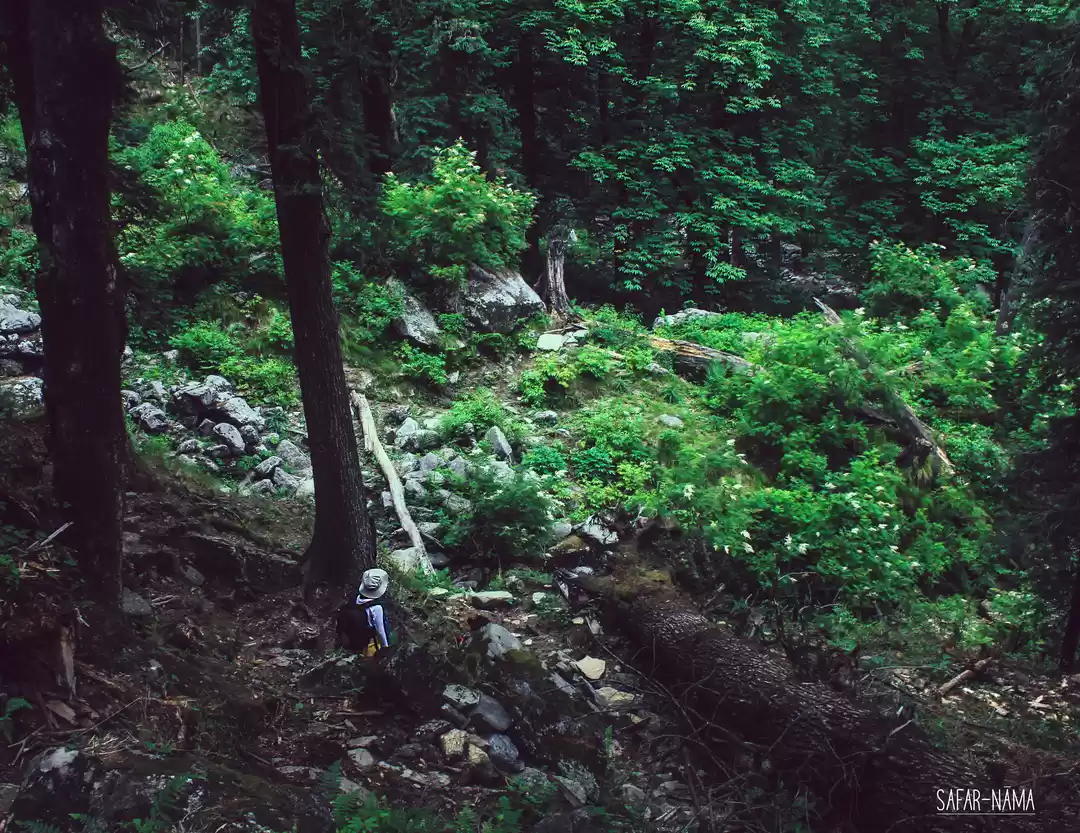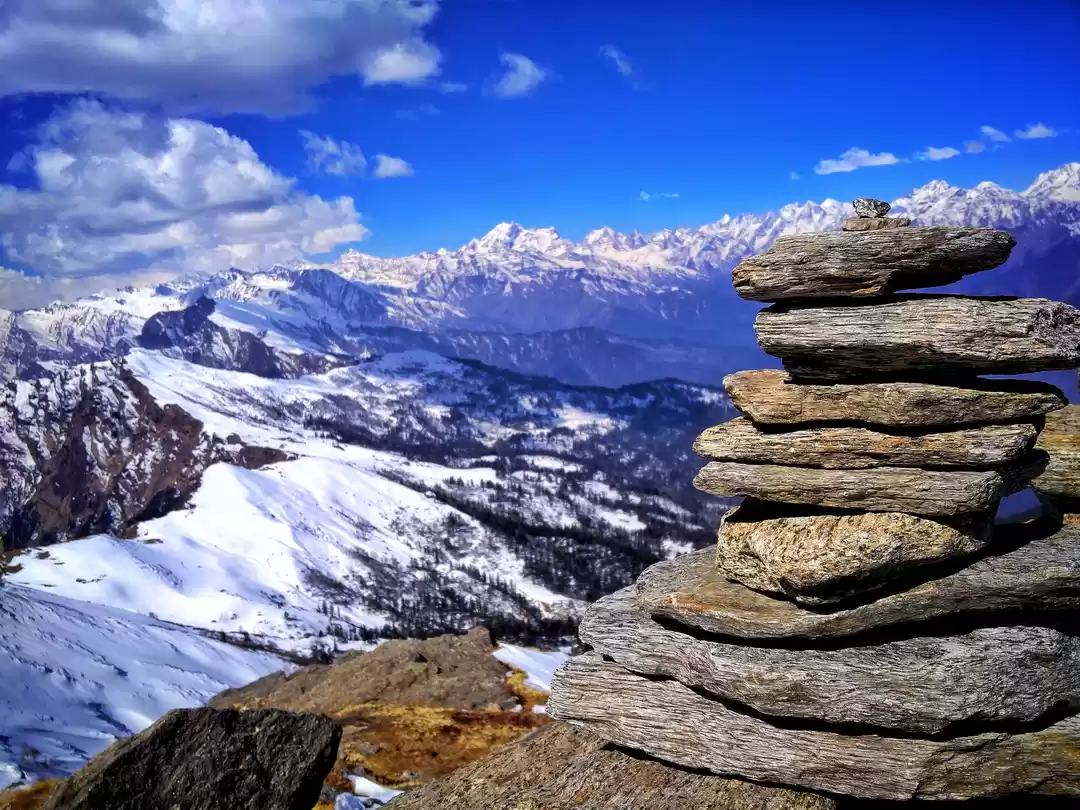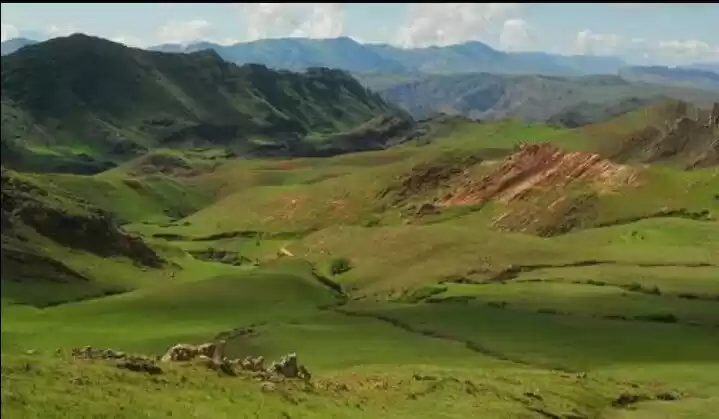Around 200kms from Dehradun, in Uttarakhand, is the obscure hamlet of Netwar where the River Supin and Rupin meet and give birth to River Tons, a major tributary of Yamuna. On the opposite bank and along the Supin a trail climbs up the imposing mountain threading dense forests and skipping over bubbly streams while flirting with fields painted yellow by mustard and makeshift stone houses enjoying the spring sunshine. The demanding ascent culminates in the village of Kalap – a settlement untouched by venomous tentacles of civilization and frozen in time – in the shadow of Bandarpunch range of Garhwal Himalayas.
The village is surrounded by dense jungles of pine and deodar saddled with an eerie calm broken by the occasional call of birds. After a rainy cold night snow settles on trees balanced delicately on steep ridges overlooking the village. The pathways are littered with pink flowers shed by trees preparing to bear fruits. After a long winter the high altitude grasslands, burdened with copious amounts of snow, awaken from their slumber. The resilient snow surrenders to the heat of a resurgent sun and feeds streams lying dormant in the depths of forests. Spring is welcomed by humans and beasts alike who revel in the colourful show put forth by nature.
Kalap is located very close to the boundary of Uttarakhand with Himachal Pradesh and hence its customs, traditions and language carry influences from both states. Gharwali, the primary language spoken, is markedly different from the variant spoken in central Garhwal and Himachali songs are quite popular. The houses are constructed of wood and stone and the design is aimed at erecting structures that remain warm during the cold winter. Several houses have intricate patterns carved on wood but the craftsmanship is especially impressive in the temple dedicated to Karna of the epic Mahabharata.
Life in a Himalayan village is tough due to non-existent basic facilities like healthcare and education but this doesn’t dampen the spirit of its even tougher inhabitants. The hospitality showered on visitors is heart-warming and genuine, a stark contrast to how we treat our guests in the cities. It is not uncommon for children to help out their parents in daily chores like tilling the fields and foraging in the jungles for wood and fodder. They are comfortable with the heady life of the outdoor and feel at home navigating the obstacles thrown up by nature.
Most villagers in Kalap depend on subsistence farming and the youth often migrates to towns in search of better opportunities. Cultivating crops is a tough task here as it is not feasible to use heavy machines in terraced fields and so it involves manual labour aided by traditional methods. Mustard, wheat, chaulai (amaranth), rajma (kidney beans) and mandua (finger millet) are the primary crops grown here. Rice and pulses, along with wheat, form part of the staple diet and are usually relished with green vegetables like fenugreek, nettle and lingda.
The sunny spring days are often interspersed with chilly rainy ones when the valleys are engulfed by opaque fog rising from the rivers and the surrounding mountains are hammered with rain, snow and lightning. Angry grey clouds eclipse the snow capped peaks and thunder with contempt. If you are lucky you can see rainbows arched across the sky while relaxing with a steaming tumbler of tea and listening to the pitter patter of rain on the roof.
For nature lovers several trails branch from the village and disappear into the forests beckoning the explorer. A vertical climb from Kalap takes one to an old wooden temple surrounded by towering deodar trees. A circular stone sits on a tree stump close by and the legend is that when it is rotated it rains. A very narrow path that darts from the temple clings to the rock face and passes beneath a leaping stream to culminate in a spacious cave. A waterfall plunges from the roof of this cave to the ravine below; the cave has a stone lingam that is revered by the villagers.
For those seeking a dose of adventure it is recommended to travel beyond Kalap and trek to the high altitude grasslands of Vijaya Top. En route camp on the lush grass of Bangla Top and enjoy the 270 degree view of Himalayas. To the left are the striking four pinnacles of Swargarohini, Black Peak graces the center along with the silken slopes of Bandarpunch glistening in the evening sun and to the right the summit of Kedarkantha is buried in snow. Listen to the wind howl in the night and experience the terrifying rumble of a mountain as a waterfall of ice plummets down its slopes.
The approach to Vijaya Top is through a dense jungle of pine and one has to climb along a steep ravine that rings with the call of the Himalayan Monal. As one gains height the ascent becomes demanding as the forest floor is covered with a thick layer of snow. On reaching the crest of the ridge, which continues to Vijaya Top, mountains straddling the border of Uttarakhand and Himachal become visible. Even up till late spring Vijaya Top has a considerable amount of snow which makes the going tough but the view from the top is well worth the trouble.
